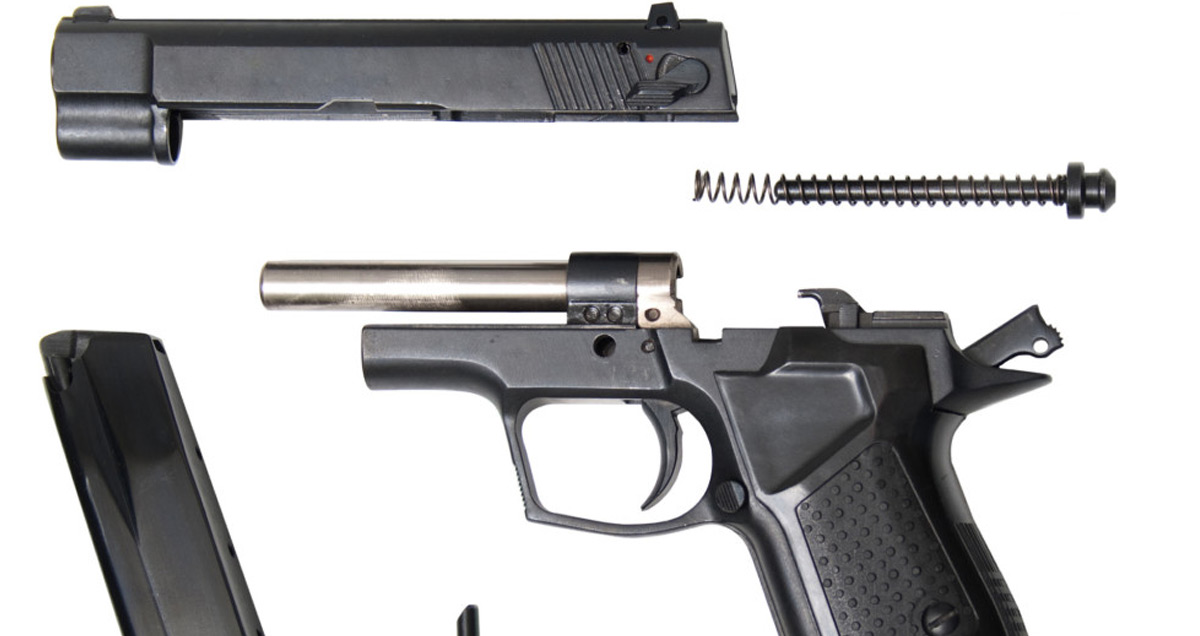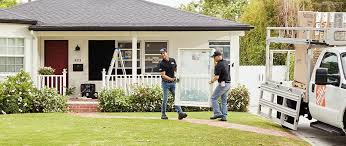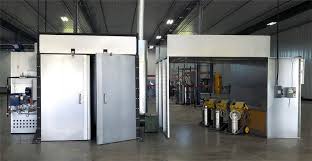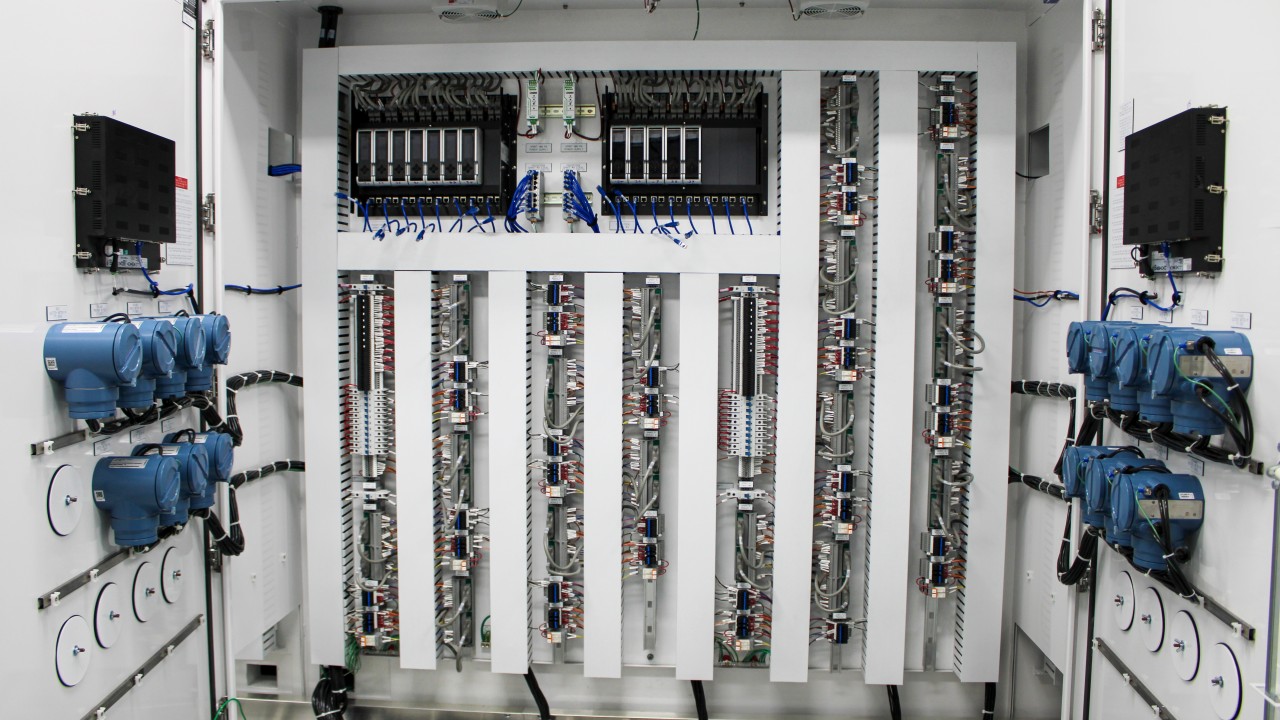A gun uses pressure from an explosive charge to fire a bullet at high speed. When you pull the trigger, it releases a spring-loaded hammer that hits a primer in the bullet casing, igniting the powder inside and creating a controlled explosion that pushes the bullet out of the barrel. The following gun parts help enhance your safety as a beginning firearm user:
Safety
The safety is built into a firearm to prevent it from firing by accident. It works by blocking the trigger or firing pin so the gun will not fire until the safety is turned off. Gun safety types include:
- Manual safety: A manual safety acts as a switch or lever that you move to a safe or firing position.
- Integrated safety: An integrated safety works automatically, and you do not need to flip a switch.
- Magazine disconnect safety: This type of safety stops the gun from firing if the magazine is removed.
- Internal safety: This prevents the hammer or firing pin from being released unless the trigger is pulled correctly.
Barrel
The barrel is the long metal cylinder through which the bullet travels after being fired. They are often made of steel, enabling them to withstand the pressure of fired ammunition. The barrel’s hollow interior is the bore, and its diameter determines the size of ammunition that can be used. Many bores have spiral grooves that cause the bullet to spin, helping it fly straight and hit the target more accurately.
When you pull the trigger, the barrel guides the bullet’s path and controls its direction and speed. Keeping the barrel clean is a key part of gun safety. Obstructions or debris buildup impact how the bullet travels through the bore. If a bullet cannot travel through the barrel, it may rupture the cylinder, creating a safety hazard. Cracked or chipped bores affect shooting accuracy, and missed targets might lead to injury.
Receiver
The receiver is the firearm’s frame, and it houses and supports many other gun parts. It receives the ammunition and facilitates the firing sequence. The hammer, trigger, firing pin, and bolt are attached to the frame. In some guns, the frame is split into the upper and lower receiver. The upper receiver holds the bolt and barrel, while the lower receiver holds the trigger and magazine. The receiver’s texture and grip angle allows shooters to maintain a secure grip, promoting safe handling. If the receiver is damaged, a gun’s key components may become loose or malfunction, which impacts safety.
Chamber
A gun’s chamber is at the rear of the barrel and is where you place the ammunition before firing. Pistols and rifles have a single chamber, while revolvers have multiple chambers in a rotating cylinder. The chamber’s size is designed to fit the cartridge precisely to prevent jamming or excessive movement. An accurate fit also prevents pressure and gases from escaping backward during firing, helping maintain the shooter’s safety.
Hammer
The hammer is a metal arm that swings when the trigger is pulled. It hits the firing pin, which then strikes the bullet’s primer to ignite it, pushing the bullet forward. Some guns have a visible hammer that you can cock manually. To promote safety, you can lock the hammer in a half-cocked position. This prevents the gun from firing if it is dropped or bumped accidentally.
Learn More About Gun Parts
Proper gun maintenance helps support safe firearm use. When cleaning a gun, inspect parts for scratches, dents, or other damage, as this can impact safety and accuracy. Some advanced shooters prefer customized gun parts for advanced features and specialized use. Contact a reputable firearms dealer for more information about their products.





